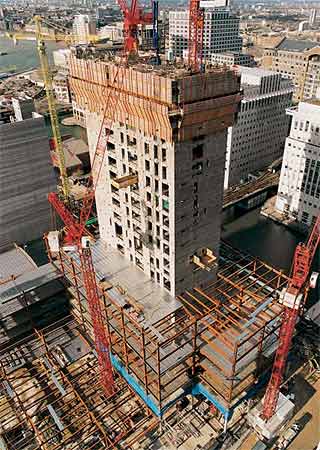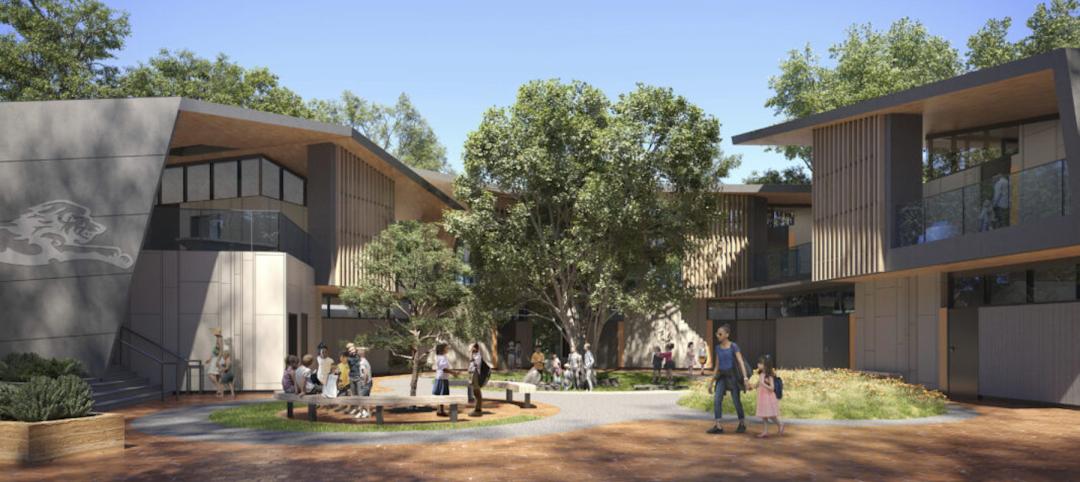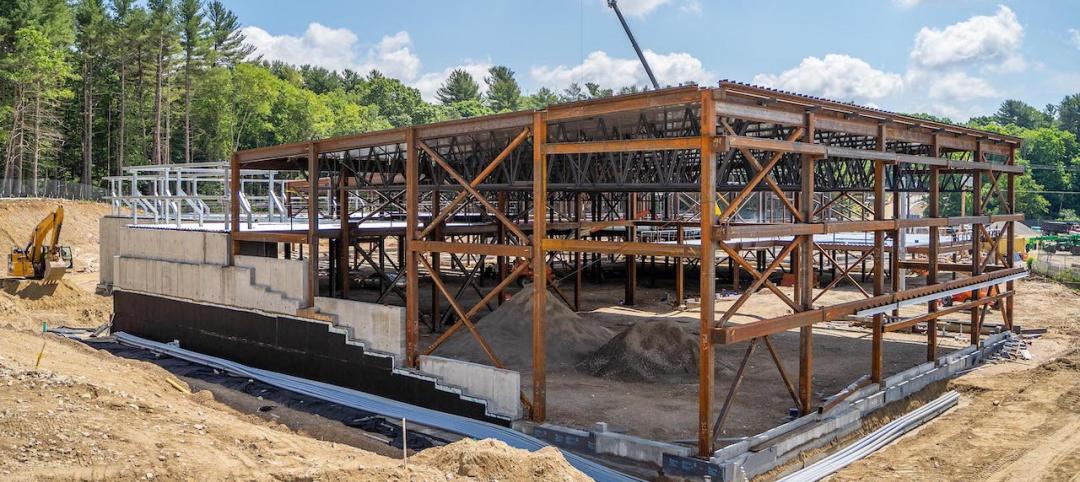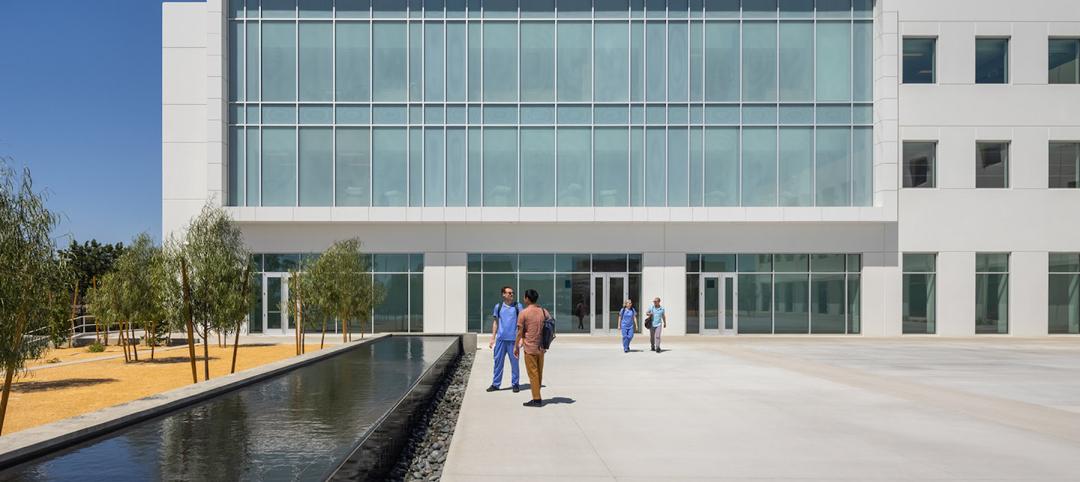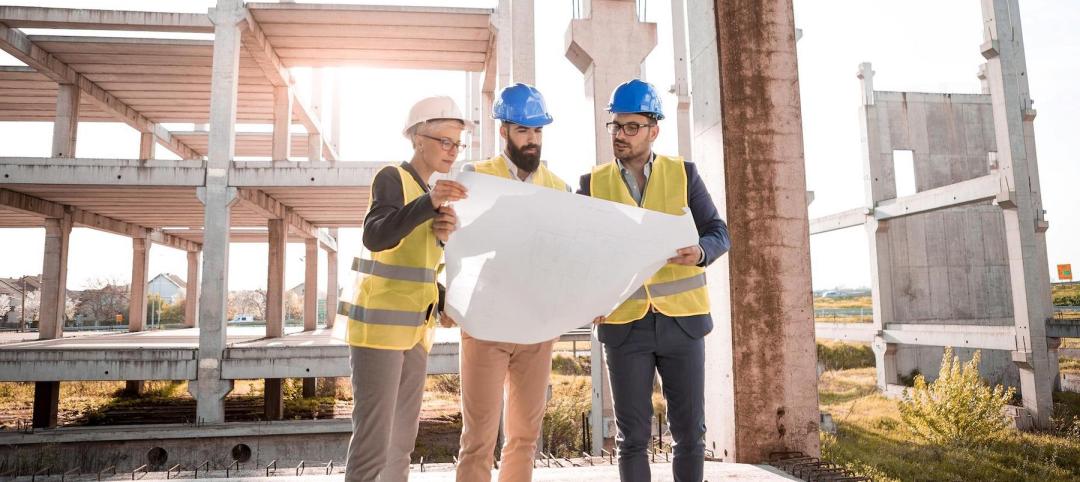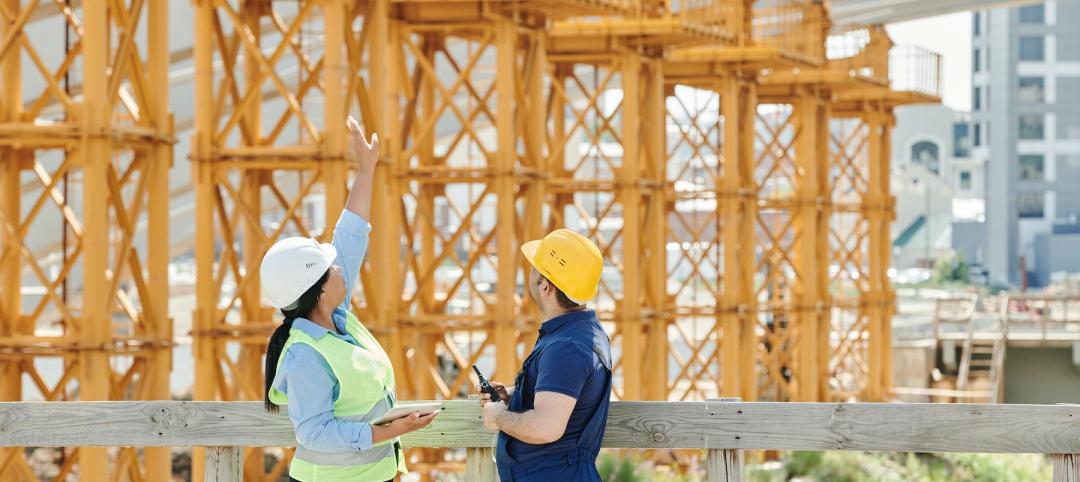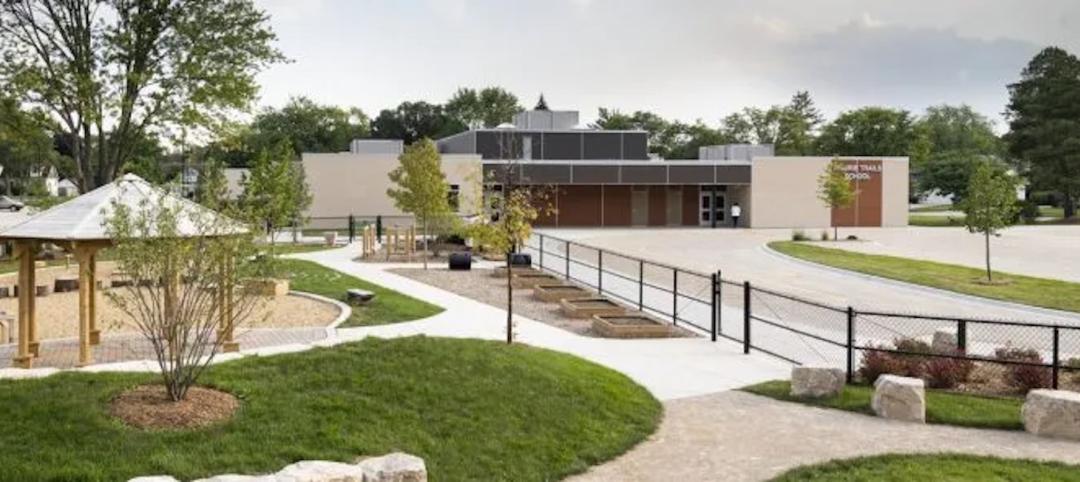More than two in three U.S. engineering firm leaders (68%) say the current business climate is better than last year at this time; and three in five (60.5%) say their backlogs are larger now compared to last year, according to results from the American Council of Engineering Companies’ new quarterly Engineering Business Index (EBI).
The EBI, representing responses of 340 engineering firm chairmen, CEOs and presidents had a composite score of 68.9 in the second quarter—a slight increase from 67.4 in the first quarter. The EBI is a diffusion index, consolidating answers to a series of questions about market and firm performance into a single number. Any number over 50 indicates expansion.
Results show that engineering firm leaders are more optimistic about prospects in private sector markets than those in the public sector. At least half believe that opportunities in buildings/commercial (53.3%), land development/surveying (54%), and industrial/manufacturing (50%) will improve over the next 12 months.
Expectations for major public sector markets were markedly lower. Only 41.5% of respondents anticipate improvement in the transportation sector, and only 40.9% believe opportunities in the water/wastewater sector will grow over the next 12 months.
“After years of a stagnant economy, engineers are beginning to see evidence of an improved business climate,” said ACEC President and CEO David A. Raymond. “Uncertainty regarding government funding is obviously dampening expectations for public sector markets.”
For a complete summary of the Summer 2014 EBI survey, go to: www.acec.org
Related Stories
Sustainability | Aug 4, 2022
To reduce disease and fight climate change, design buildings that breathe
Healthy air quality in buildings improves cognitive function and combats the spread of disease, but its implications for carbon reduction are perhaps the most important benefit.
Multifamily Housing | Aug 4, 2022
Faculty housing: A powerful recruitment tool for universities
Recruitment is a growing issue for employers located in areas with a diminishing inventory of affordable housing.
Multifamily Housing | Aug 3, 2022
7 tips for designing fitness studios in multifamily housing developments
Cortland’s Karl Smith, aka “Dr Fitness,” offers advice on how to design and operate new and renovated gyms in apartment communities.
Building Materials | Aug 3, 2022
Shawmut CEO Les Hiscoe on coping with a shaky supply chain in construction
BD+C's John Caulfield interviews Les Hiscoe, CEO of Shawmut Design and Construction, about how his firm keeps projects on schedule and budget in the face of shortages, delays, and price volatility.
Codes and Standards | Aug 3, 2022
Some climate models underestimate risk of future floods
Commonly used climate models may be significantly underestimating the risk of floods this century, according to a new study by Yale researchers.
| Aug 3, 2022
Designing learning environments to support the future of equitable health care
While the shortage of rural health care practitioners was a concern before the COVID-19 pandemic, the public health crisis has highlighted the importance of health equity in the United States and the desperate need for practitioners help meet the needs of patients in vulnerable rural communities.
Reconstruction & Renovation | Aug 3, 2022
Chicago proposes three options for Soldier Field renovation including domed stadium
The City of Chicago recently announced design concepts for renovations to Soldier Field, the home of the NFL’s Chicago Bears.
Codes and Standards | Aug 2, 2022
New tools help LEED projects reach health goals
The U.S. Green Building Council now offers tools to support the LEED Integrative Process for Health Promotion (IPHP) pilot credit.
Market Data | Aug 2, 2022
Nonresidential construction spending falls 0.5% in June, says ABC
National nonresidential construction spending was down by 0.5% in June, according to an Associated Builders and Contractors analysis of data published today by the U.S. Census Bureau.
K-12 Schools | Aug 1, 2022
Achieving a net-zero K-12 facility is a team effort
Designing a net-zero energy building is always a challenge, but renovating an existing school and applying for grants to make the project happen is another challenge entirely.


